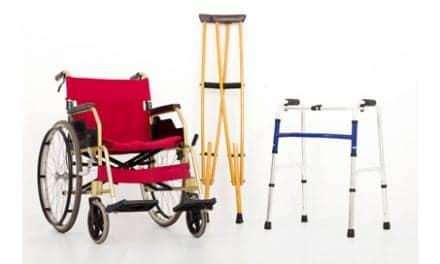The National Database for Autism Research (NDAR), created by the National Institutes of Health, Bethesda, Md, recently made data available from more than 10,000 participants enrolled in autism spectrum disorder (ASD) studies.
Researchers can use the NDAR portal to perform queries that simultaneously yield results from multiple datasets.
Two goals were outlined in the Interagency Autism Coordinating Committee 2010 Strategic Plan for ASD Research.
- To create mechanisms to specifically support the contribution of data to NDAR from 90 percent of newly initiated projects by 2012.
- To link NDAR by 2012 with other significant existing data resources including the Autism Genetic Resource Exchange; the Interactive Autism Network; the National Institute of Mental Health’s (NIMH) Genetics Repository; the NIMH Transcriptional Atlas of Human Brain Development; and the Pediatric MRI Data Repository.
The Autism Genetic Resource Exchange is an electronic data repository housing information from more than 1,000 families affected by ASD. It is created by the advocacy group Cure Autism Now and is supported by Autism Speaks.
The Interactive Autism Network is an online project of the Kennedy Krieger Institute with funding from Autism Speaks, which contains data on 30,000 individuals with an ASD diagnosis whose families have voluntarily submitted information of interest to scientists.
The NIMH Genetics Repository stores clinical data, biological materials, and genetic analysis data from more than 3,000 individuals with ASD.
The Pediatric MRI Data Repository receives support from four NIH institutes including the National Institute of Mental Health, and stores data from more than 500 typically developing children, from birth to young adulthood.
NDAR was created through the joint efforts of National Institute of Mental Health, the Eunice Kennedy Shriver National Institute of Child Health and Human Development, the National Institute of Environmental Health Sciences, the National Institute of Neurological Disorders and Stroke, and the NIH Center for Information Technology.
[Source: National Institutes of Health]




